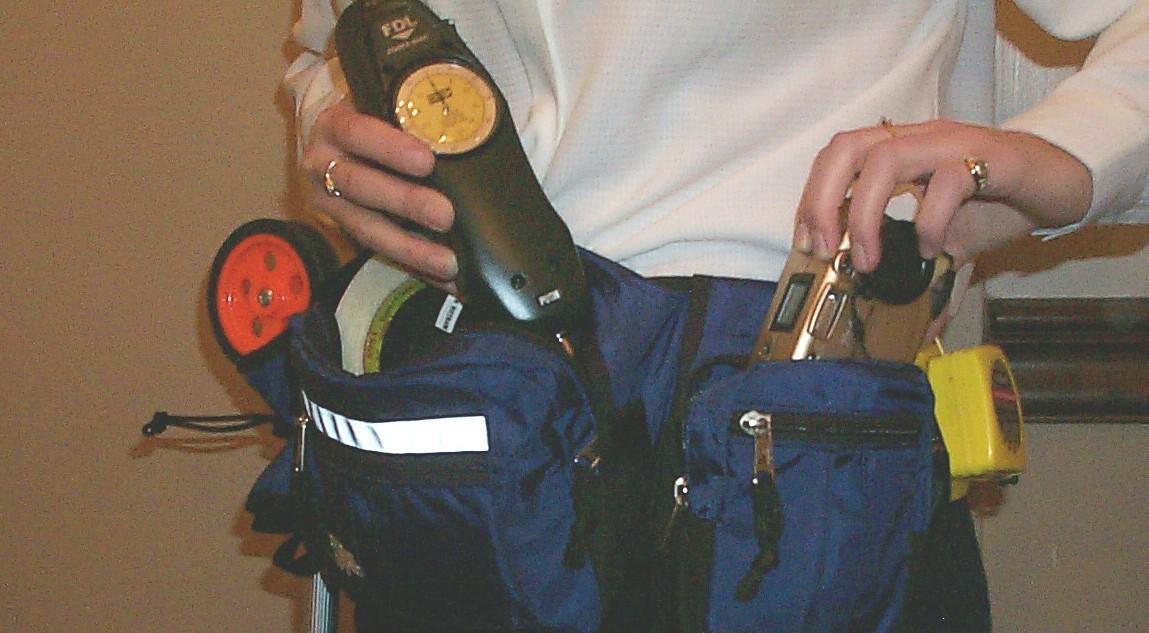We’ve been working hard to finish the new “101 ergo solutions” course, which is, at last, ready for print. We’re really looking forward to sharing some of what we’ve learned in the 20 years we’ve been working at Taylor’d Ergo.
Along those lines, the fall conference of the Association of Canadian Ergonomists will be hosting its conference in Waterloo. The call for papers was issued, and abstracts are due at the end of this month. This year’s theme is “Ergofest: Celebrating our achievements in research and applied ergonomics”, so hopefully we’ll be able to share some of our stories, and bring back some to share with you. If you’ve had some ergo successes, why not submit a paper and come to share your story at the conference?
In our “101 ergo solutions” course, we share success stories that we’ve accumulated, as well as vendor products that we’ve tried (and some we haven’t). (We also review design guidelines, job coaching methods, and mock up protocols.) We talk about how to evaluate a product that claims to be “ergonomic”, and here is a preview:
How to know if a product truly is, “ergonomic”:
1. Identify what feature is “ergonomic.” How is it supposed to fit a human user better than the traditional version? Does it enhance performance? Quality?
2. Under what conditions would this feature help the user? (If you have done an ergo/risk assessment, would you expect this product to reduce the risk of injury? By how much? We would use all of the tools in our arsenal, as shown above, to measure and evaluate the product!)
3. Does the product have any potential to harm the user? (Could it make the job more awkward, forceful, repetitive, or prolonged?)
4. Whom is it intended to help? (Everyone? Smaller workers? Injured workers?)
5. Is it safe to use in your workplace? (Will it stand up to industrial use? Hammers whose heads fly off are not safe, even if they might be “ergonomic”.)
6. Can you trial it? If so, what feedback do you get after a trial? (Can you quantify the feedback?)
So, a product that helps a person do a task better (or faster, or more comfortably) should be described as “ergonomic” for that person and task. Just be careful how broad a brush you use in proclaiming your conclusions….it may not be “ergonomic” for everyone else!
There are still a few spots available in the course….register soon!


